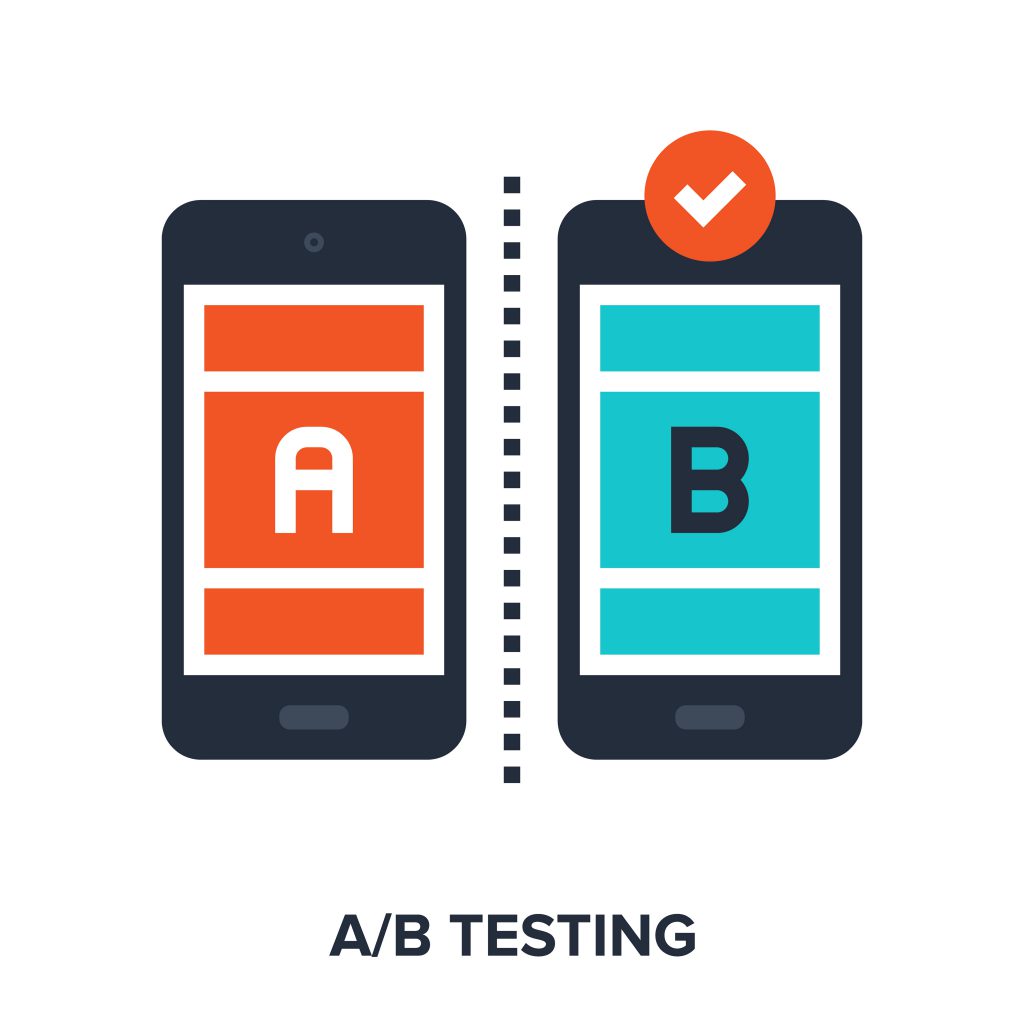
Small improvements to your website can make the difference between a potential construction client contacting you or clicking away. By A/B testing your website updates, you’ll see what changes are bringing good results so you can capitalize on them even more.
Get the Results You Want
The goal of any website update is to improve your metrics, whether that means lowering your bounce rate (the rate of visitors who view one page, then leave), encouraging more visitor engagement or increasing leads. Especially if you’ve paid a professional designer, it’s easy to assume any changes are for the better. That’s not always the case, though.
An A/B test shows you which updates are helping and which aren’t. A major change in layout might end up confusing your visitors. If they can’t find the content they want quickly, you’ll get fewer leads. Updates that are good for aesthetics aren’t always good for business. Considering how important eye-catching images are on a construction website, you might think a slick-looking image carousel or hero image of a recent building project could only help. If you find these features increase your bounce rate, though, you’ll know to look for something more engaging for your homepage.
Quantify Your Improvements
Even if you know which recent updates have improved your website metrics, it’s helpful to have some hard data on those improvements. A/B tests let you collect data on both the old and the updated version of each part of your website. If you spot a change that’s getting especially good results, you’ll know where to focus your efforts.
Maybe your new homepage features a downloadable case study on your recent multi-story car park project and you find it’s bringing you a lot more leads. You might want to make that case study even more prominent on your homepage or try out other types of lead magnets. A guide on budgeting a commercial construction project might bring more leads still.
